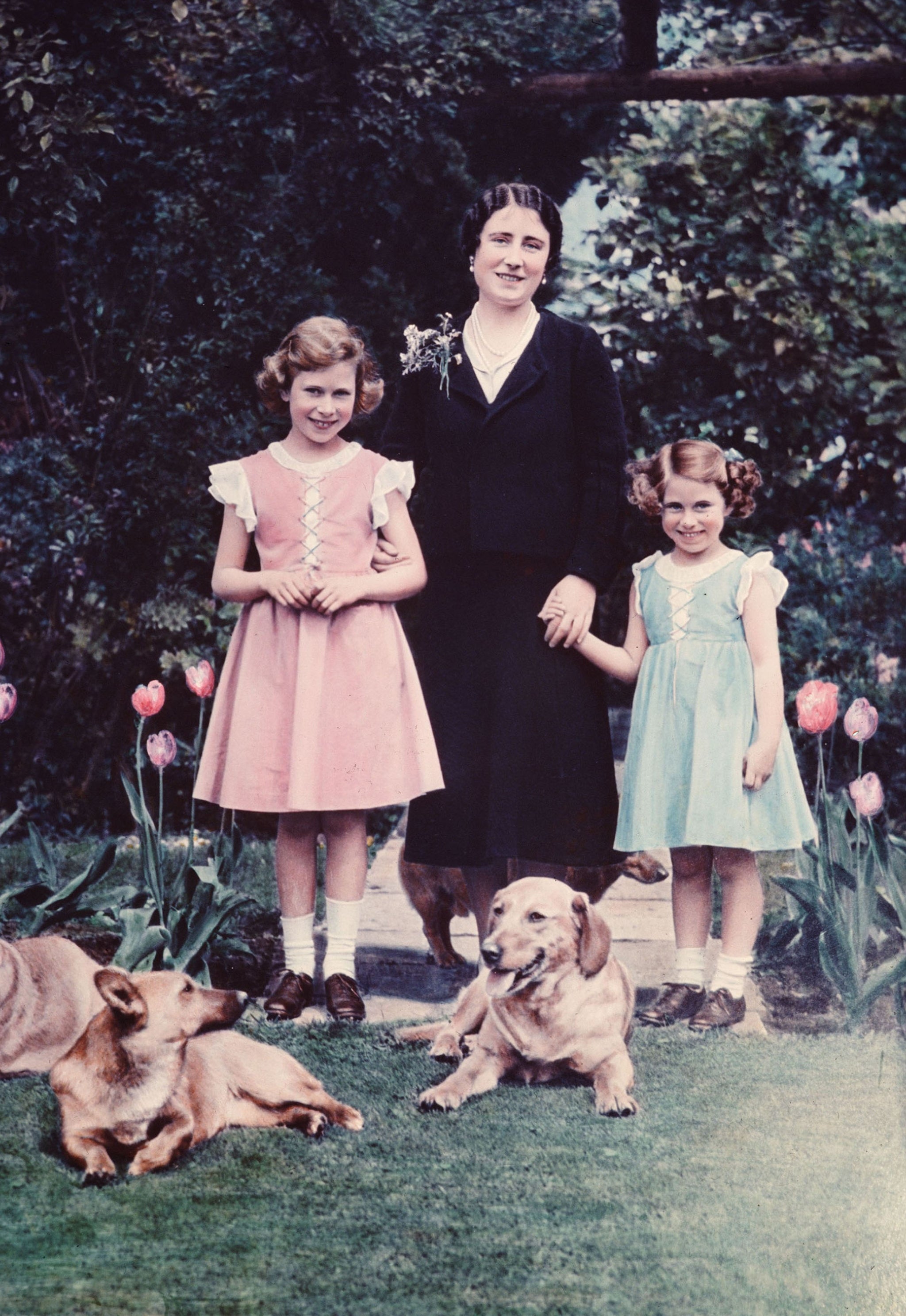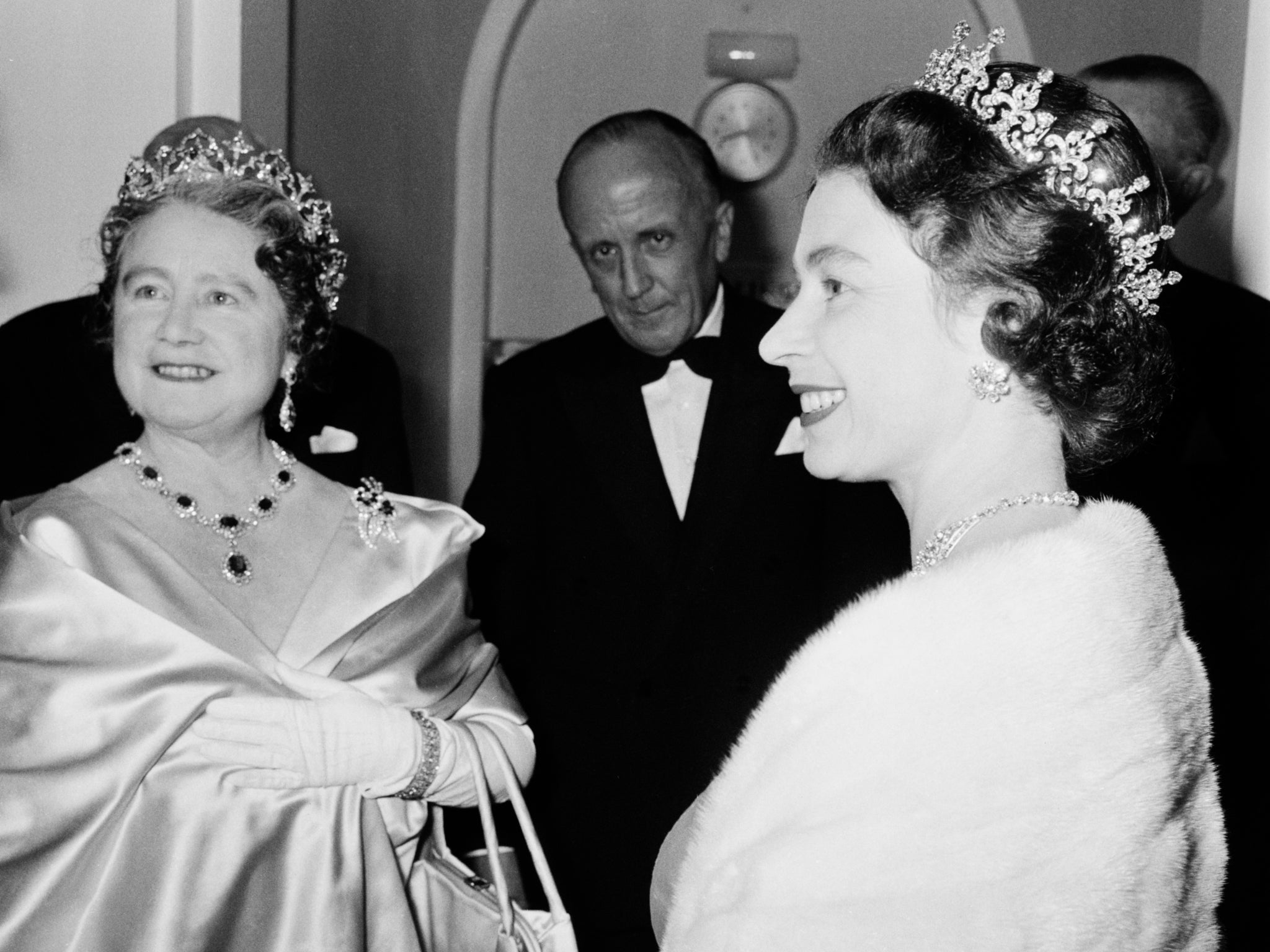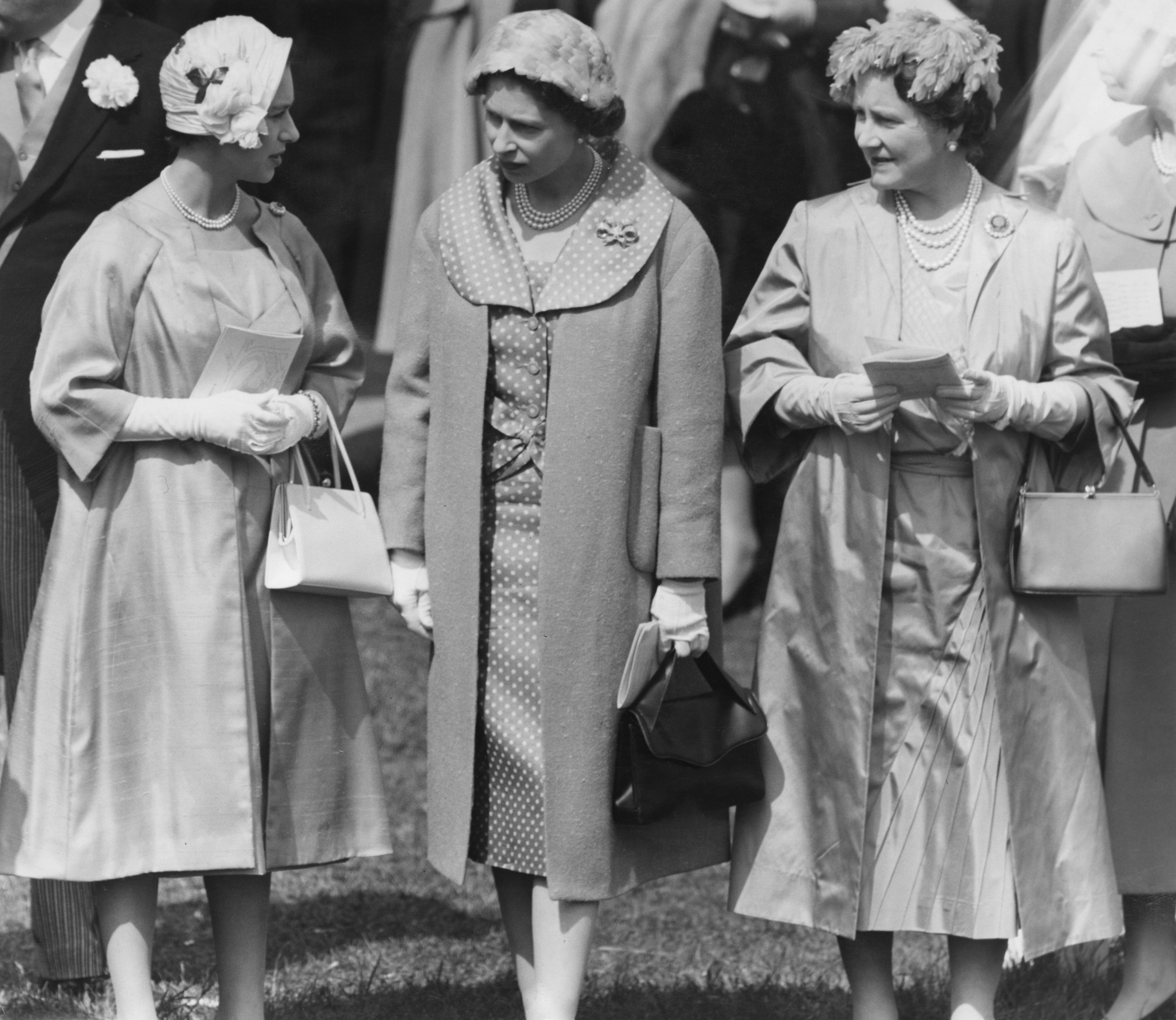Queen Elizabeth: Who was the Queen mother?
We examine the life of Queen Elizabeth II’s mother, who lived to be 101 years old
On the 30 March, 2022, it marked 20 years since one of the most important figures in Her Majesty’s life – her mother – passed away at the age of 101.
Throughout most of her century-plus life, Queen Elizabeth The Queen Mother – or just simply the Queen Mother – was regarded affectionately as the matriarch of the British Royal Family.
Her death came less than two months after Her Majesty’s younger sister, Princess Margaret, died on 9 February, 2002, at 71. These back-to-back losses preceded that year’s Golden Jubilee, making 2002 both a terrible year and a happy one for the Queen.
What was the Queen Mother’s childhood like?
According to the royal family’s website, the Queen Mother was born the Honourable Elizabeth Angela Marguerite Bowes-Lyon on 4 August, 1900, and spent her early childhood years at St. Paul’s Waldenbury in Hertfordshire, the country home of her parents. When her father inherited his Earldom in 1904, she became Lady Elizabeth Bowes-Lyon. The Bowes-Lyon family is descended from the Royal House of Scotland.
Tragedy struck her life early – during World War I, one of her brothers, Fergus, was killed at the Battle of Loos in 1915. To do her part in the war effort, Lady Elizabeth assisted with welfare work with patients at Glamis Castle – which belonged to her family – as it had been turned into a hospital during the war.
Growing up, Lady Elizabeth and her older sisters had been friendly with the children of King George V and Queen Mary, and, on occasion, members of the royal family stayed at Glamis Castle. Relations were so friendly between the families that, in 1922, Lady Elizabeth served as a bridesmaid at the wedding of Princess Mary, who would become her sister-in-law. The next year, in January 1923, Lady Elizabeth’s engagement to HRH The Duke of York, King George V and Queen Mary’s second son, was announced. The Duke of York had proposed on multiple occasions prior to Lady Elizabeth accepting this proposal; she was the only woman his heart longed for.
The Queen Mother’s marriage to King George VI
The Duke of York married Lady Elizabeth Bowes-Lyon on 26 April, 1923, in Westminster Abbey. In a touching moment that is now repeated by all royal brides, she laid her wedding bouquet at the Tomb of the Unknown Warrior in memory of her brother, Fergus, killed in combat eight years prior.

Nearly three years to the day later, their first child, Princess Elizabeth, was born on 21 April, 1926; Princess Margaret followed on 21 August, 1930.
The foursome was incredibly close, a tight-knit unit whose world was rocked in 1936. King George V died that January, and, by the end of the year, The Duke of York’s older brother King Edward VIII abdicated the throne on 11 December, making his brother Albert, Duke of York, King George VI. The Duchess of York became Queen Elizabeth, the first British-born Queen consort since Tudor times.
The Queen Mother as Queen
From 1936 to 1952, the Queen visited many Commonwealth nations and overseas countries, making two important visits between her husband’s coronation and the outbreak of World War II in 1939 – a visit to France in July 1938 and to Canada and the United States in June 1939.
The outbreak of war, naturally, changed the monarchy’s priorities. When it was suggested to the Queen that she and her young daughters, Elizabeth and Margaret, should evacuate to North America or Canada, the Queen famously said: “The children won’t go without me. I won’t leave the King. And the King will never leave.”
So, throughout World War II, the foursome stuck together; the Queen was in Buckingham Palace when it was bombed in September 1940. Following the bombings, the Queen said: “I am glad we have been bombed. It makes me feel I can look the East End in the face.”

In 1948, upon their silver wedding anniversary, King George VI spoke movingly in a broadcast to the nation of the inspiration he had received from his marriage. As his health declined, the last public appearance that he and the Queen attended together was in May 1951. King George VI died peacefully on 6 February, 1952, leaving the Queen a widow at just 51 years old.
“She suffered terribly when she lost her husband,” royal correspondent Victoria Arbiter told The Independent. “She said ‘You never get over grief, you just get better at it.’”
On becoming the Queen Mother
After her husband’s death and the accession of her daughter, also named Elizabeth, to the throne, she began to be known as Queen Elizabeth The Queen Mother, so as not to confuse.
The Queen Mother continued public duties after her husband’s death, both in the UK and overseas, including over 40 official visits abroad. Her Majesty was patron of around 350 organisations and, for many years, was President of the British Red Cross Society.
After King George VI died, the Queen Mother moved out of Buckingham Palace and into Clarence House in St. James’s Palace. In 1953 she purchased the Castle of Mey in northeast Scotland and spent time there every August and October.
“She removed herself from royal life for quite some time and went to Scotland to grieve and figure out what her role was moving forward,” Arbiter said. “There was not a defined role for a mother of the sovereign, and she carved out a fantastic position for herself as the nation’s favorite twinkly-eyed granny. She set the tone for the rest of the royal family.”
The Queen Mother was appointed a Lady of the Garter on 14 December, 1936, and, upon her husband’s coronation, was named the first Lady of the Thistle. The Queen Mother was the recipient of a number of orders, declarations, and medals, both in the UK and overseas.

“The Queen Mother was a remarkable woman,” Arbiter added. “It speaks to her strength of character that she conducted her last public engagement at 101 in November 2001. As Christmas approached, she attended the staff party for the most loyal staffers and got up out of her wheelchair to speak to them. She’s from the wartime era, where you didn’t complain, and you helped your neighbor and sacrificed yourself for the benefit of others. She was a real stickler for the tradition of the monarchy.”
She loved the countryside, sport, and horseracing, and was an expert fisherwoman. But perhaps one of her most important roles was as mother to Queen Elizabeth II, with whom she shared a deep connection.
“The Queen Mother shared a very close bond with both of her daughters,” Arbiter said. “She ruled with an iron fist, but in a loving fashion.”
Join our commenting forum
Join thought-provoking conversations, follow other Independent readers and see their replies
Comments